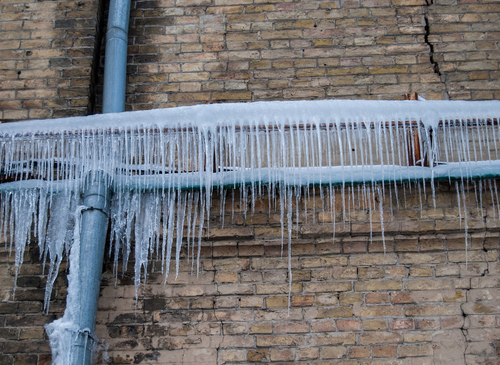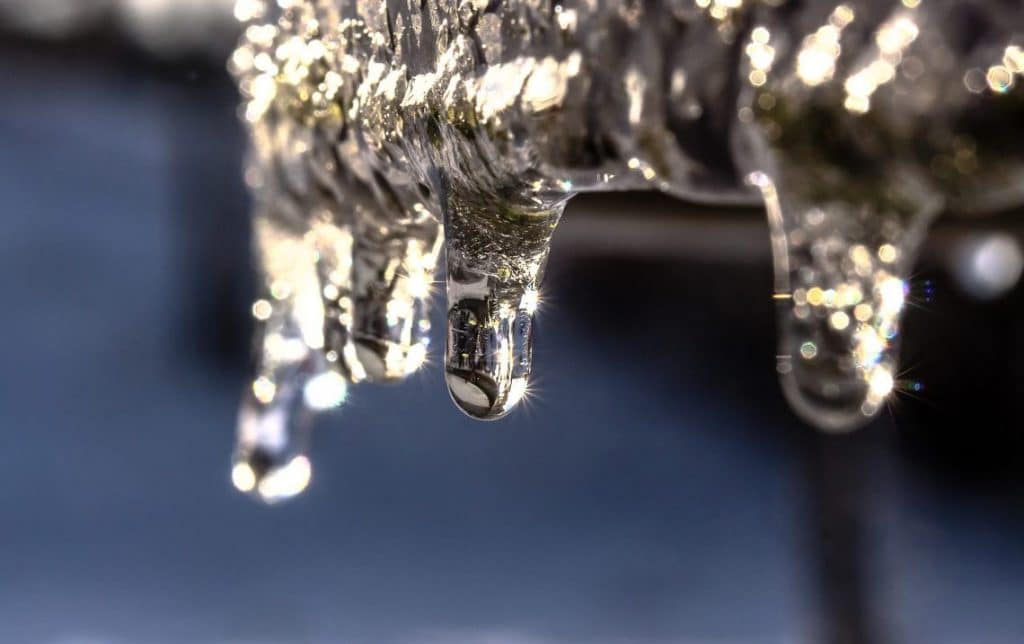What're your ideas on How to Prevent Your Pipes From Freezing?

Cold weather can wreak havoc on your pipes, especially by freezing pipes. Below's how to stop it from happening and what to do if it does.
Intro
As temperatures drop, the threat of icy pipelines rises, potentially bring about expensive repairs and water damages. Comprehending exactly how to avoid icy pipelines is crucial for home owners in cool environments.
Prevention Tips
Shielding at risk pipelines
Wrap pipelines in insulation sleeves or use heat tape to protect them from freezing temperature levels. Concentrate on pipes in unheated or outside locations of the home.
Heating techniques
Maintain indoor areas sufficiently warmed, specifically locations with pipes. Open up cupboard doors to enable cozy air to distribute around pipelines under sinks.
How to determine frozen pipelines
Seek lowered water circulation from faucets, unusual smells or noises from pipelines, and noticeable frost on subjected pipelines.
Long-Term Solutions
Architectural adjustments
Think about rerouting pipes away from outside wall surfaces or unheated locations. Include added insulation to attic rooms, basements, and crawl spaces.
Updating insulation
Invest in premium insulation for pipes, attics, and walls. Correct insulation aids preserve regular temperature levels and lowers the danger of frozen pipes.
Protecting Outside Plumbing
Garden hoses and outside taps
Detach and drain pipes garden hoses prior to winter season. Mount frost-proof faucets or cover outdoor taps with shielded caps.
Comprehending Frozen Pipelines
What creates pipes to ice up?
Pipes ice up when revealed to temperatures below 32 ° F (0 ° C) for expanded periods. As water inside the pipes ices up, it broadens, putting pressure on the pipe walls and possibly causing them to rupture.
Dangers and damages
Icy pipes can cause supply of water interruptions, property damages, and pricey fixings. Ruptured pipes can flooding homes and create substantial architectural damages.
Indications of Frozen Pipes
Determining frozen pipelines early can avoid them from breaking.
What to Do If Your Pipelines Freeze
Immediate actions to take
If you believe frozen pipelines, keep taps open to alleviate pressure as the ice thaws. Make use of a hairdryer or towels taken in hot water to thaw pipelines slowly.
Final thought
Preventing icy pipelines requires aggressive measures and fast actions. By recognizing the reasons, indicators, and safety nets, property owners can secure their plumbing during winter.
5 Ways to Prevent Frozen Pipes
Drain Outdoor Faucets and Disconnect Hoses
First, close the shut-off valve that controls the flow of water in the pipe to your outdoor faucet. Then, head outside to disconnect and drain your hose and open the outdoor faucet to allow the water to completely drain out of the line. Turn off the faucet when done. Finally, head back to the shut-off valve and drain the remaining water inside the pipe into a bucket or container. Additionally, if you have a home irrigation system, you should consider hiring an expert to clear the system of water each year.
Insulate Pipes
One of the best and most cost-effective methods for preventing frozen water pipes is to wrap your pipes with insulation. This is especially important for areas in your home that aren’t exposed to heat, such as an attic. We suggest using foam sleeves, which can typically be found at your local hardware store.
Keep Heat Running at 65
Your pipes are located inside your walls, and the temperature there is much colder than the rest of the house. To prevent your pipes from freezing, The Insurance Information Institute suggests that you keep your home heated to at least 65 degrees, even when traveling. You may want to invest in smart devices that can keep an eye on the temperature in your home while you’re away.
Leave Water Dripping
Moving water — even a small trickle — can prevent ice from forming inside your pipes. When freezing temps are imminent, start a drip of water from all faucets that serve exposed pipes. Leaving a few faucets running will also help relieve pressure inside the pipes and help prevent a rupture if the water inside freezes.
Open Cupboard Doors
Warm your kitchen and bathroom pipes by opening cupboards and vanities. You should also leave your interior doors ajar to help warm air circulate evenly throughout your home.

I'm very drawn to Winter Plumbing Precautions: Preventing Frozen Pipes and I hope you appreciated the blog post. Do you know someone else who is interested in How to Prevent Your Pipes From Freezing? Do not hesitate to share it. I value your readership.
Rates